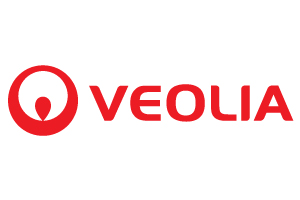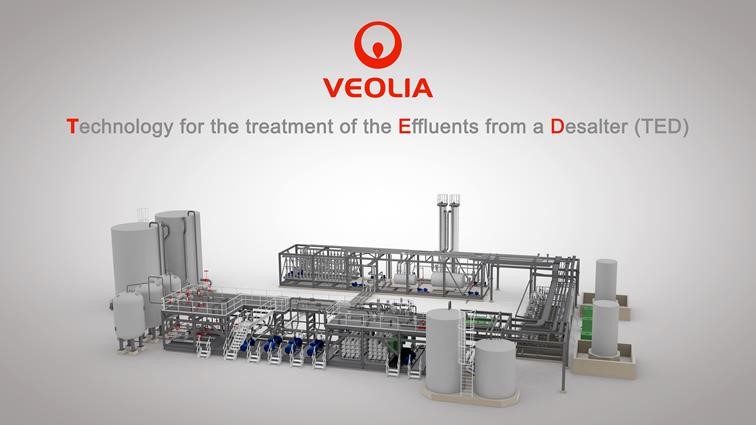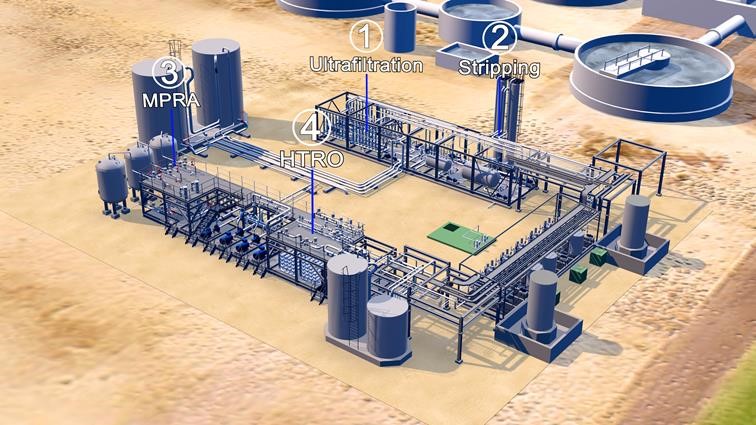Wastewater Plant enhanced performances vs. Opportunity Crudes Processing: Managing the paradigm
 FACTS:
FACTS: Refinery profitability depends in a large extend on the price paid for each barrel of crude entering the Crude Distillation Unit.
But the cheaper the crude, the more difficult it is to process in the desalter (low API, high asphaltenes content, high TAN, high H2S scavenger residual, etc.).
Read also: Challenges and opportunities with asset performance management 4.0This higher difficulty to process these crudes in the desalter results in a poor desalting efficiency, which means:
- an increased pollution in the desalter effluent water
- an increased injection of caustic soda before the distillation column in order to mitigate the higher risk of corrosion in the overhead line, thus a higher risk of catalyst pollution by sodium in the downstream units
Hence, most of the time, when the refinery tries to incorporate these cheaper crudes into the blend, it experiences severe disruptions in the WWP performances leading to nitrogen and/or TOC out specs in the effluent water.
PURPOSE
To deliver proven financial value to our refinery customers in order to significantly improve refinery profitability through a global approach of the plant by designing technical solutions and implementing disruptive and patented innovations which will:
- Effectively save water and reduce hydric footprint
- Allow to process cheaper crudes
- Reduce/Stop soda injection into the CDU
BENEFITS
If the refinery objective is:
- to save water and reduce hydric footprint => Target is to reduce the refinery water intake by 60 to 80%
- to process cheaper crudes => Target is to save several tens of million $ / year in crude sourcing
PROVEN METHODOLOGY
- Optimizing the Mechanical, Operational and Chemical present settings and procedures in each part of the CDU (tank farm, blending, desalter, OVH corrosion), in order to match best-in-class configurations and performances.
- Inserting the specifically designed (with newly optimized conditions) “TED” sub-unit in the desalter effluent water line, thus cutting the link between the desalter effluent and the WWP
- Finalizing the “standard base-line” WWP operations with the installed “TED” sub-unit in order to either process “opportunity crudes”, reduce caustic soda injection or start recycling WWP effluent water into the cooling systems or as boilers feed water.
 TED is containerized for capacities below 66 m3/hr
TED is containerized for capacities below 66 m3/hr  1+2 = pretreatment (& waters de-oiling) / 3 = organics removal / 4 = desalination
1+2 = pretreatment (& waters de-oiling) / 3 = organics removal / 4 = desalination
Additional options for you:
- find out more about Petrochemical and Refining Congress: Europe at prceurope.com
- request marketing materials here
- share the article in social networks using the buttons below